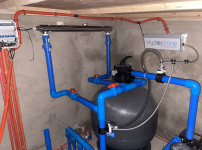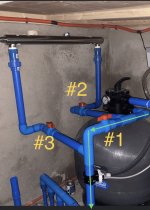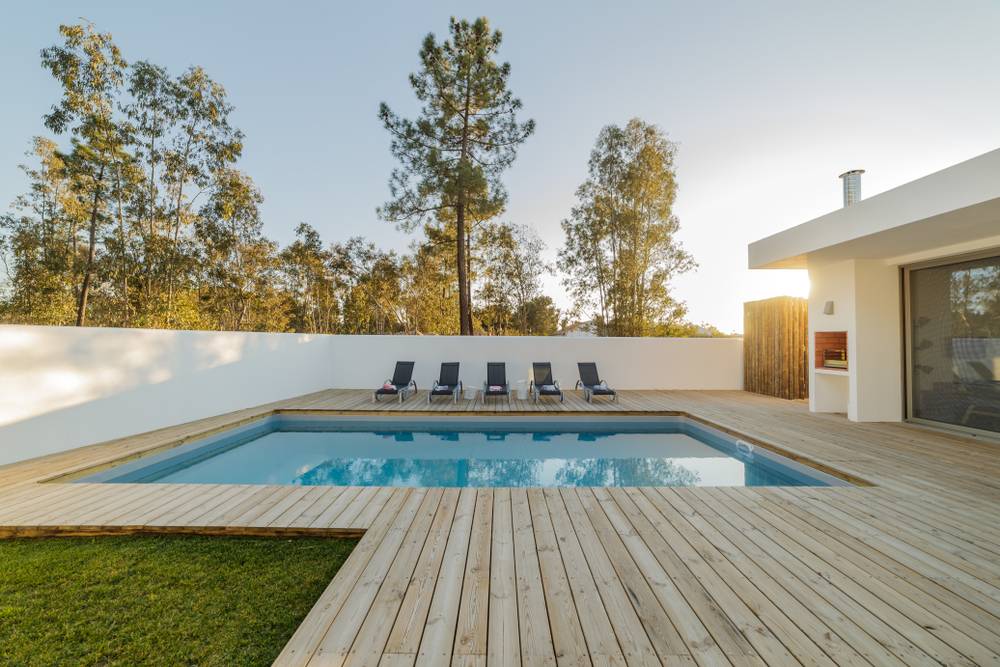Good day, I am a new pool owner. I had my contractor install an ozone generator and uv light but after a few weeks, my pool has been cloudy and has been turning green. My ph levels were a little high so we put some dry acid. it helped with the cloudiness but after a few days, algae started growing. Note that our pool is just 3 weeks old. It made me question if my ozone and UV light is working properly or if it has the right connection by my pool contractor. I researched more and found out that my ozone generator doesn't have any ozone injection manifold which I assume controls the ozone gas to the pool which is included in the items manual but my contractor said that there was no injection manifold included. I really have doubts on how my contractor has connected my ozone and uv light. I will post a photo of my pools connection here. I would appreciate it if someone can help me with this so i can educate my pool contractor. Thank you




